Camping is a popular outdoor activity that allows individuals to immerse themselves in nature, disconnect from the digital world, and experience the simplicity of life. However, when it comes to preparing for a camping trip, one cannot help but notice the seemingly hefty price tags attached to camping gear. From tents and sleeping bags to portable stoves and hiking boots, the cost of acquiring quality camping equipment can often leave people questioning why these items are so expensive.
One of the primary factors contributing to the high cost of camping gear is the extensive research and development that goes into its design. Companies invest significant time and resources in crafting products that are not only durable and functional but also lightweight and compact for easy transportation. Manufacturers conduct rigorous testing to ensure that the gear can withstand various weather conditions, terrain types, and demanding usage. These extensive research and development efforts, coupled with the use of high-quality materials, drive up the overall cost of the camping gear.
Additionally, the cost of producing camping gear is influenced by the high standards that ensure it meets safety regulations and industry certifications. Many camping products undergo strict quality control measures to guarantee that they are safe and reliable for use in different outdoor environments. Companies invest in complying with these standards to provide customers with peace of mind and ensure their products meet the demands of professional outdoor enthusiasts.
Furthermore, the camping gear market is highly competitive, which also plays a role in determining their prices. Companies not only need to produce innovative and durable products but also invest in marketing, distribution channels, and after-sales services. These additional expenses, combined with the costs of manufacturing, research, and development, contribute to the higher prices of camping gear.
While the price of camping gear may initially seem steep , it is important to consider the value it brings to outdoor experiences. High-quality camping gear is designed to withstand the elements, provide comfort, and enhance the overall camping experience. Investing in reliable gear ensures that outdoor enthusiasts can enjoy their adventures with peace of mind, knowing that their equipment will perform well and last for years to come.
In conclusion, the seemingly high cost of camping gear can be attributed to various factors, including extensive research and development efforts, adherence to safety regulations, and the competitive nature of the market. Despite the price, investing in quality camping gear is a worthwhile expenditure that guarantees durability, functionality, and an enhanced outdoor experience.
Is Camping Equipment Expensive?
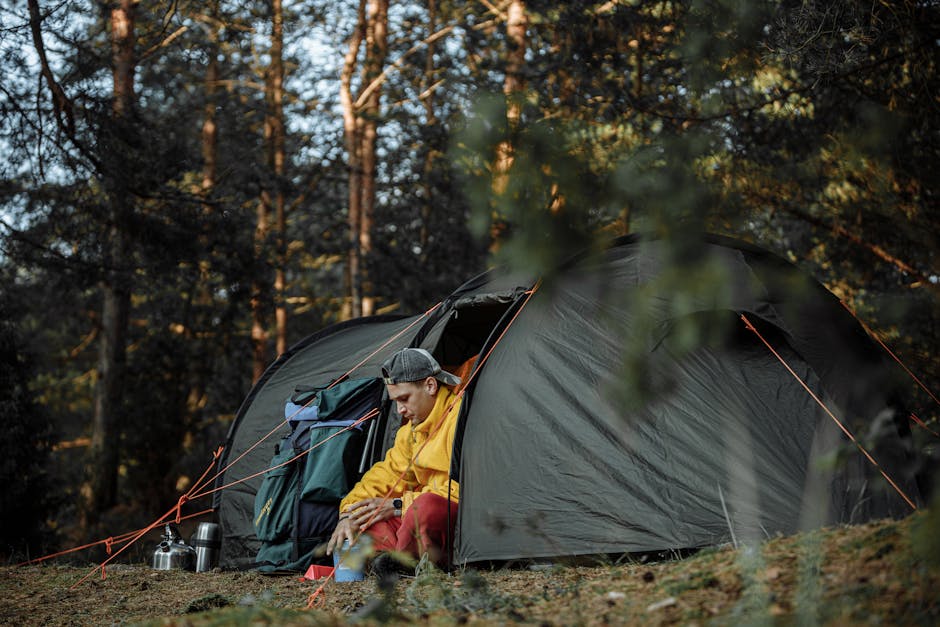
Photo by Thirdman on Pexels
Camping gear is often considered to be relatively expensive compared to other outdoor recreational equipment. While it may be easy to write off these high price tags as simply the result of brand name markups or trendy marketing strategies, there are several factors that contribute to the seemingly steep costs associated with camping gear.
Firstly, it is important to note that camping gear is not just like any regular outdoor equipment. It is designed to withstand rugged conditions, protect users from the elements, and provide essential functionality required in the great outdoors. This specialized functionality and durability require manufacturers to use high-quality materials and advanced engineering techniques, which naturally add to the production costs.
Another significant factor that contributes to the high price of camping gear is the research and development involved. Companies invest heavily in developing innovative designs, testing materials, and improving performance to meet the changing demands of outdoor enthusiasts. This ongoing process of innovation comes at a cost, which ultimately gets passed on to the consumer.
Furthermore, the production scale of camping gear is relatively smaller when compared to other consumer goods. Unlike mass-produced items that are manufactured in large quantities, camping gear is often produced in limited quantities due to the niche market it caters to. This limited production scale can lead to higher per-unit costs as companies cannot benefit from the economies of scale.
Additionally, when considering the cost of camping gear, it is crucial to account for the expenses associated with quality control measures and safety standards. Manufacturers have a responsibility to ensure that their products meet strict quality and safety regulations to protect the user. These measures require investment in comprehensive testing procedures, certifications, and compliance with industry standards, all of which increase the overall cost of the products.
Lastly, it is worth mentioning that brand reputation and customer trust play a significant role in the pricing of camping gear. Established and reputable companies often invest in extensive warranties, customer support, and after-sales services. While these additional services may increase the initial cost, they provide consumers with peace of mind and a sense of trust in the products they purchase.
In conclusion, the seemingly high price of camping gear is rooted in various factors such as the use of high-quality materials, research and development, limited production scale, quality control measures, and brand reputation. Understanding these factors can help us appreciate the value that camping gear offers and make informed purchasing decisions based on our specific outdoor needs and requirements.
Increasing popularity of camping and outdoor activities
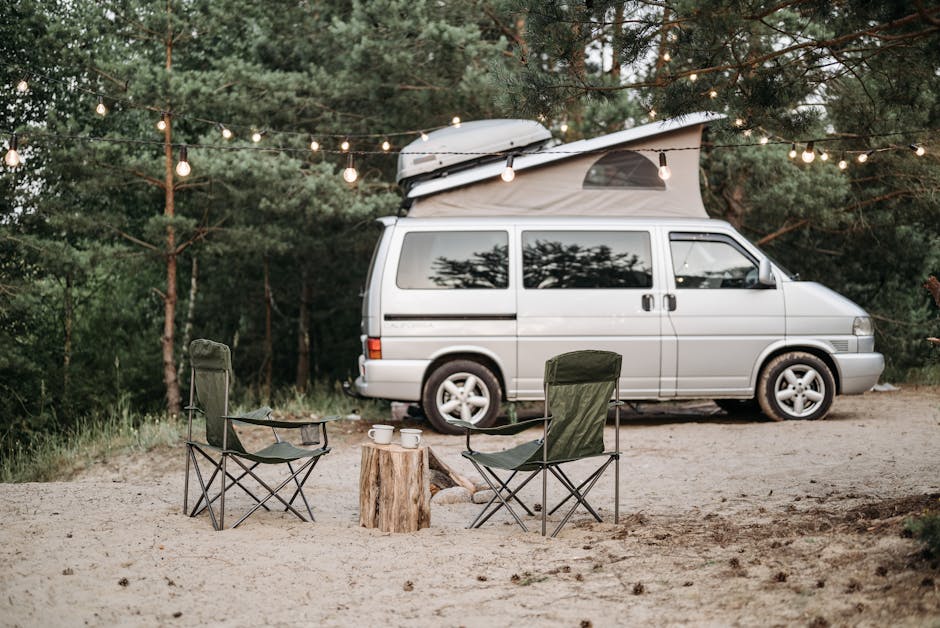
Photo by Pavel Danilyuk on Pexels
With the increasing popularity of camping and outdoor activities, it comes as no surprise that the demand for camping gear has risen significantly in recent years. More and more people are seeking to connect with nature, seek adventure, and take a break from their busy lives.
Camping provides an escape from the daily grind and allows individuals to immerse themselves in the serenity of nature. From families looking for a bonding experience to adventure enthusiasts craving thrilling experiences , camping appeals to a wide range of individuals. This growing interest in outdoor activities has led to an increase in the demand for camping gear, driving prices up.
Additionally, the rising trend of social media and content creation has played a significant role in the surge of interest in camping. People are eager to capture picturesque landscapes, create lasting memories, and share their experiences with friends and followers. This desire for aesthetically pleasing photos and videos has further fueled the demand for high-quality camping gear, adding to the overall cost.
Another factor contributing to the expense of camping gear is the innovation and technology involved in its production. Manufacturers are continuously developing new materials , designs, and features to enhance the camping experience. From lightweight and durable tents to advanced cooking equipment and accessories, these advancements in technology come at a cost. Companies invest heavily in research and development, testing, and improving their products, which inevitably adds to the price tag.
Moreover, the outdoor industry has seen a surge in sustainable and eco-friendly practices. Many camping gear brands are now prioritizing environmentally conscious manufacturing processes and materials, such as recycled fabrics and biodegradable materials. While these practices are commendable, they often come with higher production costs, which are then reflected in the prices of the final products.
Lastly, the overall quality and durability of camping gear contribute to its higher price point. When it comes to outdoor adventures, individuals want gear that can withstand various weather conditions , rough terrains, and frequent usage. High-quality materials and craftsmanship ensure that camping gear is durable and capable of providing a safe and enjoyable experience. While this may result in a higher initial cost, it can also save money in the long run by eliminating the need for frequent replacements.
In conclusion, the increasing popularity of camping and outdoor activities, coupled with social media influence, innovation in technology, sustainable practices, and the importance of durability, all contribute to the higher prices of camping gear. However, it is essential to consider the long-term value and investment in reliable, high-quality equipment that will enhance the camping experience for years to come.
Quality and Durability
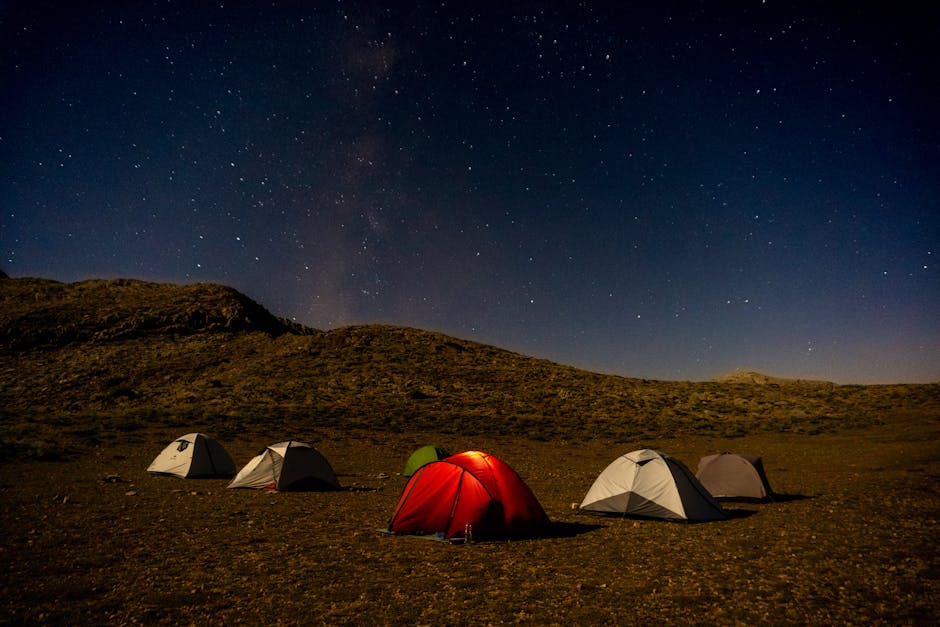
Photo by Deniz Özgür on Pexels
Quality and Durability:
When it comes to camping gear, it is no secret that prices can often be quite high. However, one of the key factors contributing to the higher cost is the focus on quality and durability that reputable brands offer.
Camping gear manufacturers understand the importance of creating products that not only meet the needs of outdoor enthusiasts but also withstand the harsh conditions of nature. This requires meticulous attention to detail, the use of top-notch materials, and rigorous testing to ensure that the gear can hold up to the challenges it will face in the wilderness.
In order to provide campers with gear that will withstand the test of time, companies prioritize the use of durable materials. They invest in high-quality fabrics, advanced construction techniques, and innovative technologies to enhance the longevity and performance of their products. These materials may include strong and lightweight alloys for tent poles, weather-resistant fabrics for tents and sleeping bags, and specialized coatings for backpacks to resist abrasion and water damage.
Furthermore, reputable brands understand that delivering quality and durability goes beyond just the materials used. They implement rigorous testing procedures to ensure their gear performs exceptionally in real-life camping scenarios. This includes rigorous stress tests, simulations of extreme weather conditions, and evaluations of functionality and ease of use. By conducting these tests, manufacturers can identify any weaknesses or potential issues and make necessary improvements before the gear goes to market.
While the initial cost of camping gear from established brands may seem higher compared to cheaper alternatives, the investment in quality and durability pays off in the long run. Cheaper options may appear enticing in terms of price, but they often lack the same level of craftsmanship and attention to detail. This can result in frequent replacements, repairs, or even compromised safety during outdoor expeditions.
In conclusion, the higher price of camping gear can be attributed to the emphasis on quality and durability. Reputable brands understand the importance of delivering products that can withstand the demands of outdoor exploration. Investing in gear from these brands ensures that campers are equipped with reliable equipment that will last for many adventures to come, providing peace of mind and enhancing the overall camping experience.
Camping gear is designed to withstand harsh outdoor conditions
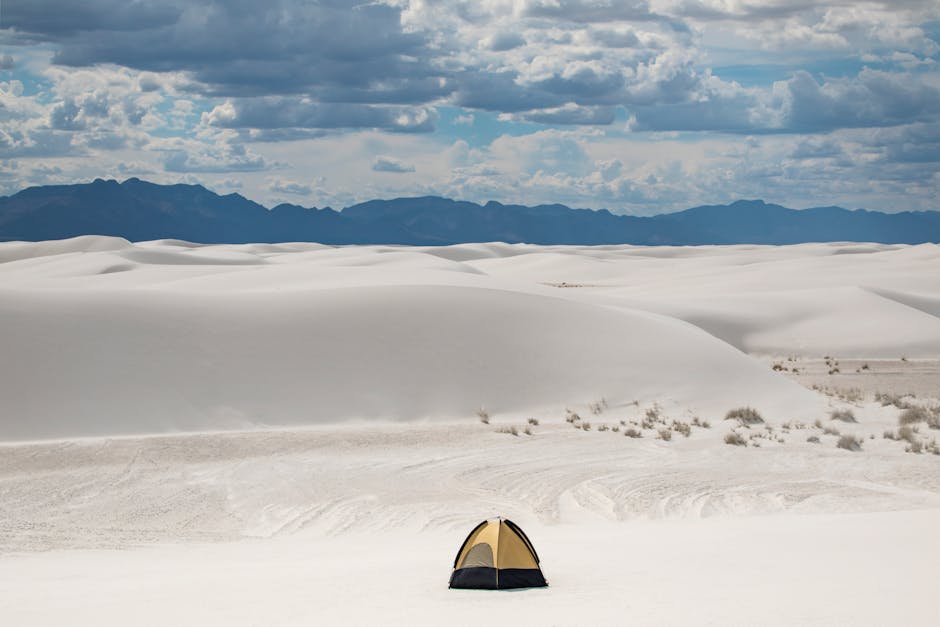
Photo by Stephen Leonardi on Pexels
Camping gear is often quite expensive, and many people wonder why that is the case. One of the primary reasons for the high price is that camping gear is specifically designed to withstand the harsh outdoor conditions that campers frequently face.
When you're out in the wilderness, you're exposed to various elements such as extreme temperatures, heavy rain, strong winds, and rough terrains. Camping gear needs to be able to handle all of these situations and keep you protected and comfortable. This requires the use of high-quality materials and advanced manufacturing techniques, which inevitably comes at a cost.
For example, tents are typically made from durable fabrics that are waterproof and have reinforced seams to ensure they don't leak or get damaged easily. The poles used in tents are made from lightweight but strong materials like aluminum or fiberglass, enabling them to withstand strong winds without breaking .
Sleeping bags are another essential camping gear item that is designed to provide insulation and comfort in different weather conditions. They are made with synthetic or down insulation and use specialized construction techniques to prevent cold spots and retain heat effectively. The fabrics used in sleeping bags are also moisture-wicking, keeping you dry and warm even in damp conditions.
Similarly, camping stoves are engineered to be compact, lightweight, and efficient while still being able to cook meals outdoors. They are designed to withstand high temperatures, provide a consistent flame, and have safety features such as windshields and reliable ignition systems.
Outdoor clothing and footwear are also specifically designed to keep you comfortable and protected. They are made from high-performance materials that are breathable, water-resistant, and can handle rugged terrains. The construction of these garments often includes reinforced stitching , double-layered fabric, and durable zippers.
While the durability and reliability of camping gear contribute to its higher price, it's important to consider the long-term value they provide. Investing in quality camping gear means you are getting products that will last for many camping trips and adventures, making them a worthwhile investment in the long run.
So, the next time you find yourself questioning the price of camping gear, remember that its higher cost is justified by the meticulous design, advanced materials, and construction required to ensure its reliability in the great outdoors.
Use of high-quality materials and construction techniques
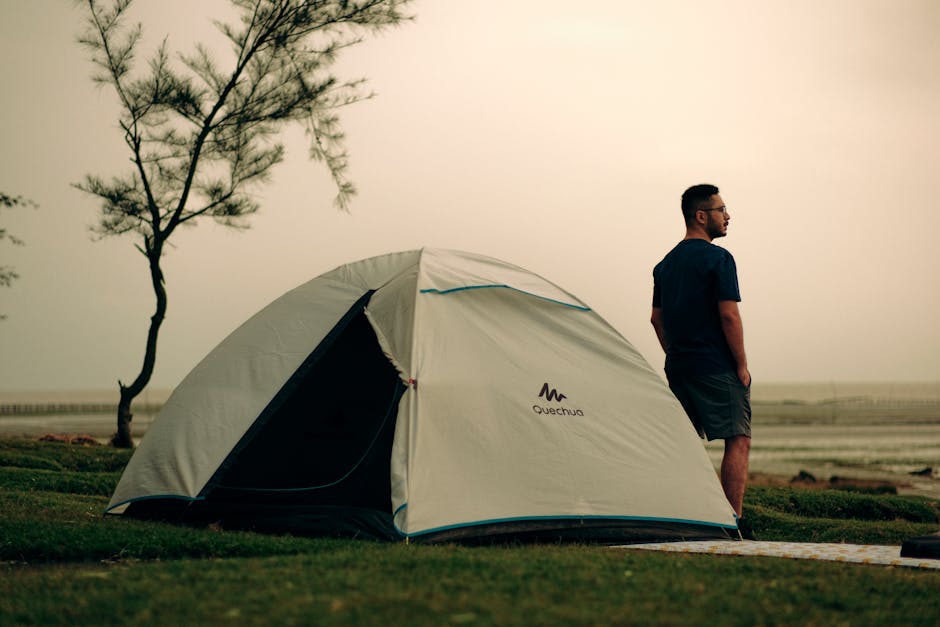
When it comes to camping gear, it's not uncommon for the price tags to make outdoor enthusiasts do a double-take. Why is camping gear so expensive, you may wonder? One significant factor contributing to the higher cost is the use of high-quality materials and construction techniques.
When it comes to camping equipment, durability and longevity are key. The gear needs to withstand various weather conditions, rugged terrain, and frequent use. To ensure that the gear can stand up to these challenges, manufacturers often opt for high- quality materials like durable fabrics , reinforced stitching, and robust hardware.
For instance, a tent's outer shell is typically made from ripstop nylon or polyester, which offers excellent resistance to tears and abrasion. The inner tent uses breathable and lightweight materials to provide comfort while minimizing condensation. Zippers are often made from corrosion-resistant materials to ensure smooth operation even in wet conditions. By using these premium materials, manufacturers invest in the long-lasting performance of their camping gear.
Construction techniques also play a significant role in the higher price of camping gear. Advanced manufacturing processes and skilled craftsmanship are employed to create gear that not only performs exceptionally but also withstands the test of time. For example, meticulous stitching techniques, such as double stitching or bartacking, are used to reinforce stress points in backpacks, tents, and sleeping bags. This ensures that the gear can handle heavy loads or excessive movement without compromising its integrity.
Furthermore, some camping gear is designed with innovative features and technologies that enhance functionality or improve user experience. These technological advancements require extensive research and development, leading to additional costs that are reflected in the price. Examples include advanced water filtration systems, compact and lightweight stove designs, or wearable gadgets for tracking outdoor activities.
It is essential to keep in mind that the higher price of camping gear is an investment in quality, reliability, and the overall outdoor experience. High-quality materials, construction techniques, and innovative features ensure that your camping gear will continue to perform at its best for years to come, reducing the need for frequent replacements. So, while the initial cost may seem steep , it offers value in the long run and allows for worry-free adventures in the great outdoors.
Now that we understand why camping gear can sometimes come with a hefty price tag, let's explore some tips and strategies for making camping more affordable without compromising on quality.
Factors that contribute to the higher cost of camping gear

Photo by cottonbro studio on Pexels
Camping gear often comes with a higher price tag compared to other outdoor equipment, leaving many adventurers wondering why such a seemingly simple necessity can be so expensive. However, there are several factors that contribute to the higher cost of camping gear, which we will explain in this section.
First and foremost, the quality and durability of camping gear play a significant role in its price. When it comes to outdoor equipment, durability is vital. Camping gear needs to withstand various weather conditions, rough terrains, and constant wear and tear. Therefore, manufacturers invest in using high-quality materials that can withstand these challenges, which often come at a higher cost.
In addition to the materials used, the design and engineering of camping gear are also important factors in its price. Every aspect of a camping product, from its tents, sleeping bags, and backpacks to cookware and lighting, is meticulously designed by experts who consider functionality, weight, and ease of use. This level of design expertise adds value to the product but also increases its cost.
Furthermore, specialized features and technologies also contribute to the higher price of camping gear. Many camping equipment manufacturers integrate innovative technologies into their products to enhance performance and comfort. For instance, tents with advanced ventilation systems, sleeping bags with temperature regulation capabilities, and backpacks with ergonomic designs are more expensive but offer superior functionality and convenience for outdoor enthusiasts.
Manufacturing and production costs are another significant factor in the price of camping gear. Companies often practice ethical manufacturing processes and ensure fair labor conditions for workers involved in production. These ethical practices, while commendable, can increase the overall cost of the products.
Moreover, the niche market for camping gear also affects its pricing. Compared to more mainstream products, camping gear caters to a specific audience of outdoor enthusiasts. The smaller market size and limited demand for camping gear mean that manufacturers cannot benefit from economies of scale, which could potentially lower production costs . As a result, the price per unit is higher, contributing to the overall cost.
Lastly, it is important to understand that branding and marketing also affect the price of camping gear. Companies invest in building a reputable brand image through advertising, sponsorships, and partnerships, which often adds a premium to the product price. Brand recognition and trust can influence consumer perceptions, leading to higher demand and higher prices.
While it is undeniable that camping gear can be expensive, considering and understanding the various factors that contribute to its higher cost can help outdoor enthusiasts make informed purchasing decisions . Investing in quality gear ensures comfort, longevity, and a safer outdoor experience, making it worth the price for those who are passionate about camping.
Research and Development
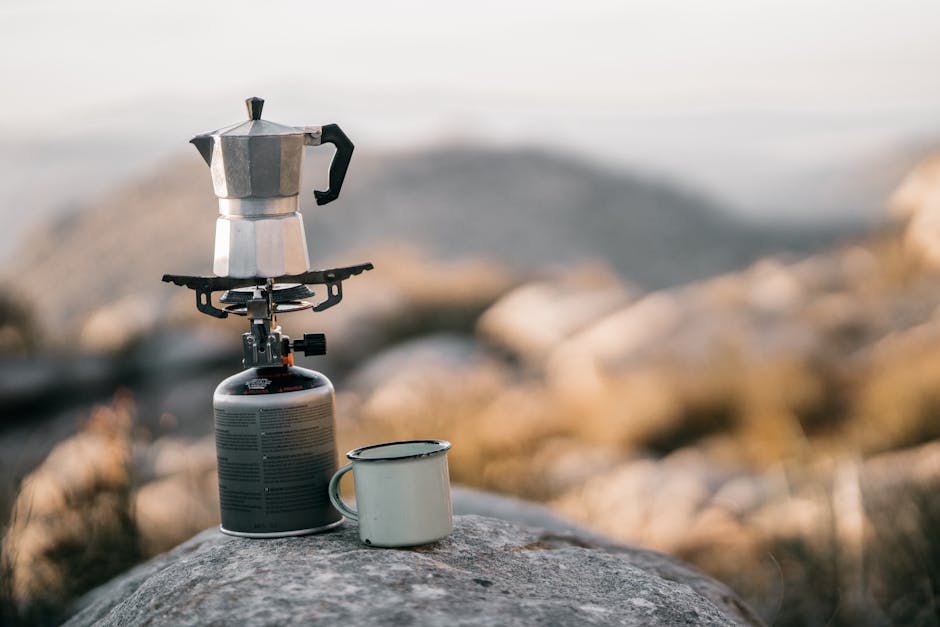
Research and Development:
One of the factors contributing to the high cost of camping gear is the extensive research and development that goes into creating these products. Camping gear manufacturers invest a significant amount of time and resources in designing and perfecting their products to ensure they meet specific requirements and provide the best experience for outdoor enthusiasts.
The process of research and development involves a range of activities, including brainstorming ideas, conducting market research, and working with engineers and designers to create prototypes. This stage is crucial as it helps manufacturers identify the optimal materials, features, and technologies that will make their camping gear stand out in a competitive market.
In addition, extensive testing is a vital aspect of research and development. Camping gear needs to withstand various weather conditions , rugged terrains, and frequent usage. Therefore, manufacturers conduct rigorous testing to ensure their products are durable, reliable, and able to meet the demands of outdoor adventures.
Research and development also include continuous improvement efforts . Manufacturers invest in feedback collection and analysis from customers and outdoor experts to identify areas for enhancement. This iterative process helps manufacturers refine their products and ensure that camping enthusiasts are satisfied with their purchases.
Moreover, research and development also involve staying updated with the latest advancements in materials, manufacturing techniques, and eco-friendly practices. Manufacturers strive to incorporate innovations that make camping gear lighter, more durable, and environmentally sustainable. However, implementing these advancements often comes at a higher cost, driving up the overall price of camping gear.
Ultimately, the extensive research and development that goes into creating camping gear is one of the reasons behind its high price. The investment in designing, testing, and improving these products ensures that outdoor enthusiasts have access to reliable and high-quality gear that enhances their camping experience. So, next time you consider investing in camping gear, remember that you are not only paying for the physical product but also the meticulous efforts put into its development.
Camping gear manufacturers invest in research and development
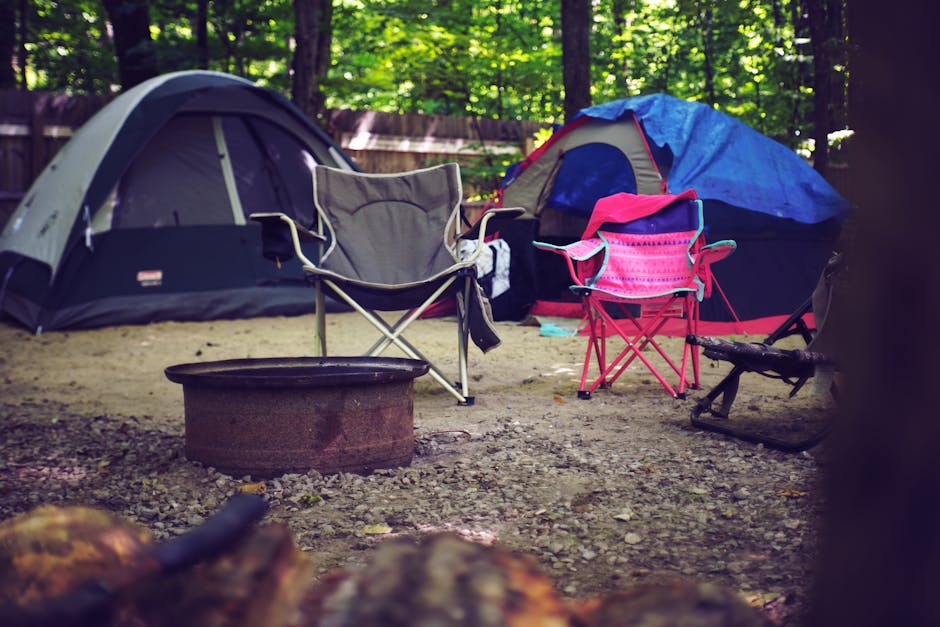
Photo by Mac DeStroir on Pexels
Camping gear is often considered to be on the expensive side, leaving many campers wondering why they have to pay a premium for this essential outdoor equipment. One of the reasons behind the higher price tags can be attributed to the extensive research and development that camping gear manufacturers dedicate to their products.
Manufacturers of camping gear understand the importance of providing reliable, durable, and innovative gear to outdoor enthusiasts. To achieve this, they invest substantial resources into research and development (R&D). This involves conducting thorough studies and tests to develop and improve the performance of their products.
R&D efforts in the camping gear industry involve exploring new materials , technologies, and construction techniques that can enhance the functionality and durability of the gear. Manufacturers often collaborate with engineers, outdoor experts, and even professional athletes to gather insights and feedback on prototypes. This iterative process ensures that the final products have been extensively tested and proven to withstand the demands of various outdoor conditions.
Additionally, R&D in camping gear also focuses on improving the convenience and comfort of camping experiences. From designing more ergonomic backpacks and sleeping bags to creating innovative cooking systems, camping gear manufacturers constantly strive to make outdoor adventures as enjoyable as possible.
Another aspect of R&D in the camping gear industry involves sustainable practices and eco-friendly materials. Manufacturers are increasingly embracing environmentally conscious manufacturing processes , such as using recycled materials and minimizing waste during production. These efforts, although they may contribute to the higher cost of camping gear, reflect a commitment to protecting nature and preserving the beauty of outdoor spaces for future generations.
Ultimately, the investment in research and development by camping gear manufacturers directly impacts the quality and functionality of their products. This level of dedication ensures that campers have access to reliable, durable, and technologically advanced gear that can withstand the rigors of outdoor adventures. It is important to recognize the value of this investment and the impact it has on enhancing the overall camping experience.
In conclusion, the higher price range of camping gear can be attributed to the considerable investment in research and development by manufacturers. This commitment to innovation, durability, and eco-consciousness ensures that campers have access to high-quality gear that enhances their outdoor experiences. So, while the initial cost may be higher, it is an investment in a reliable companion that will serve you well during countless camping trips.


